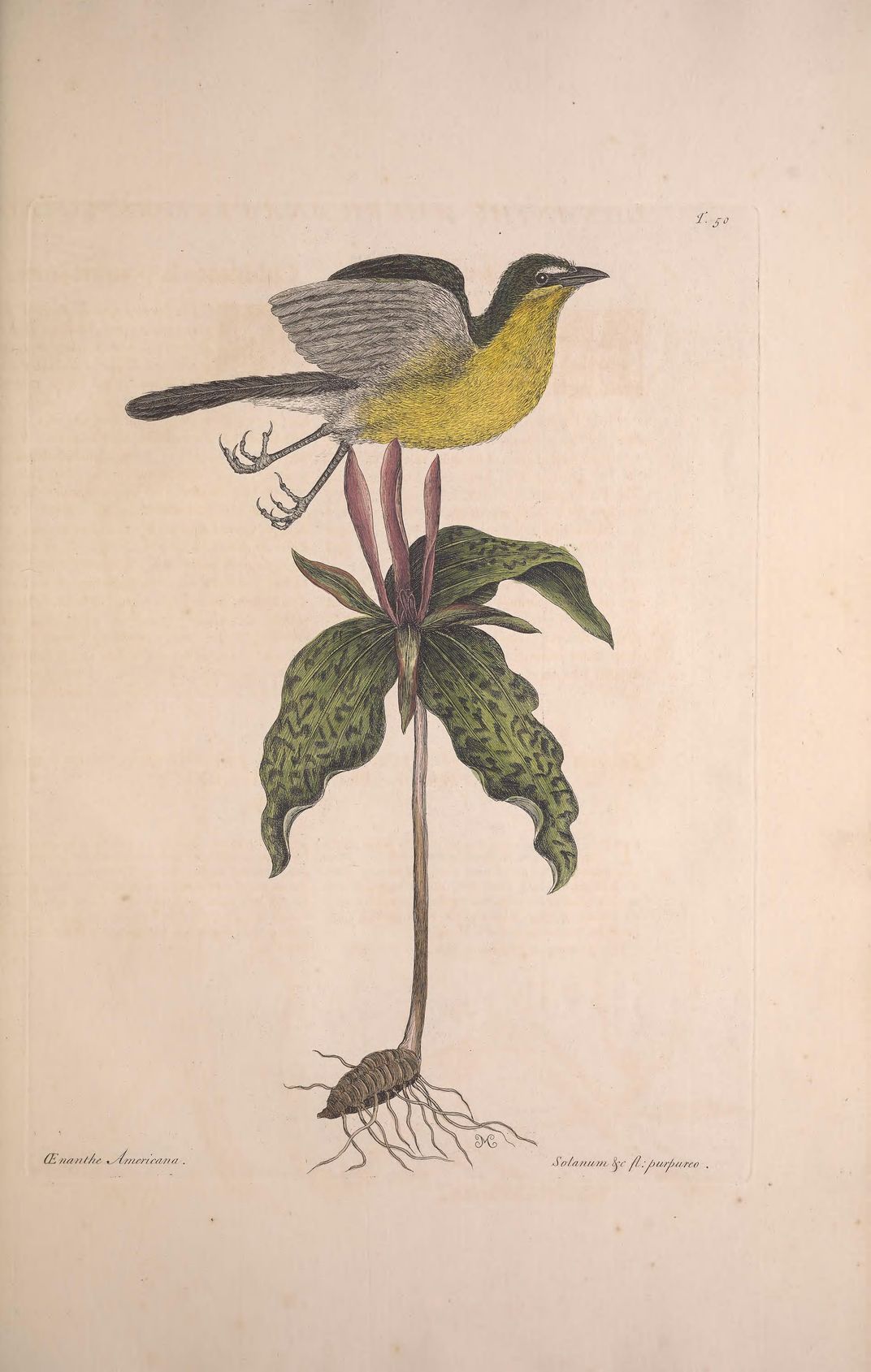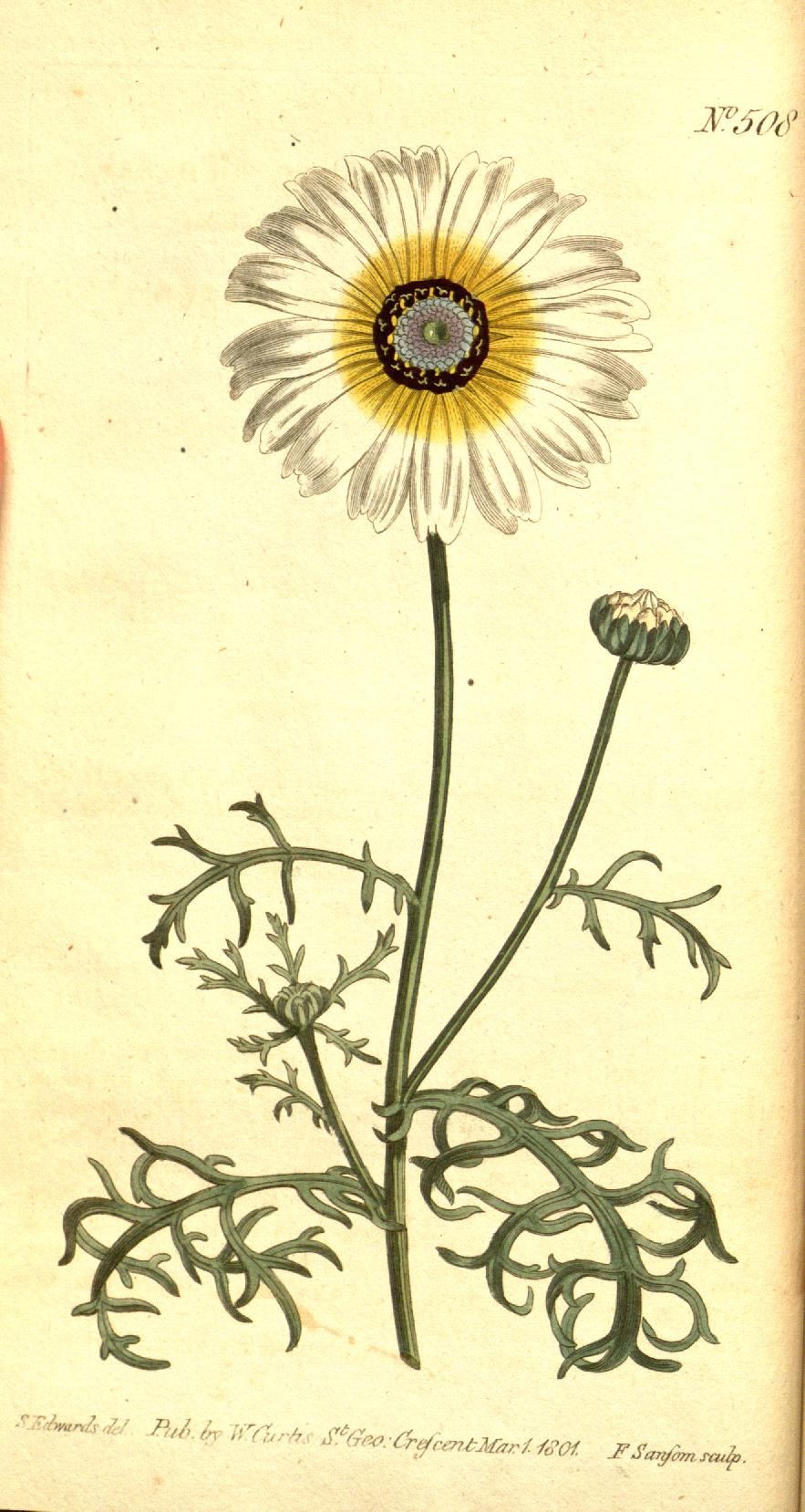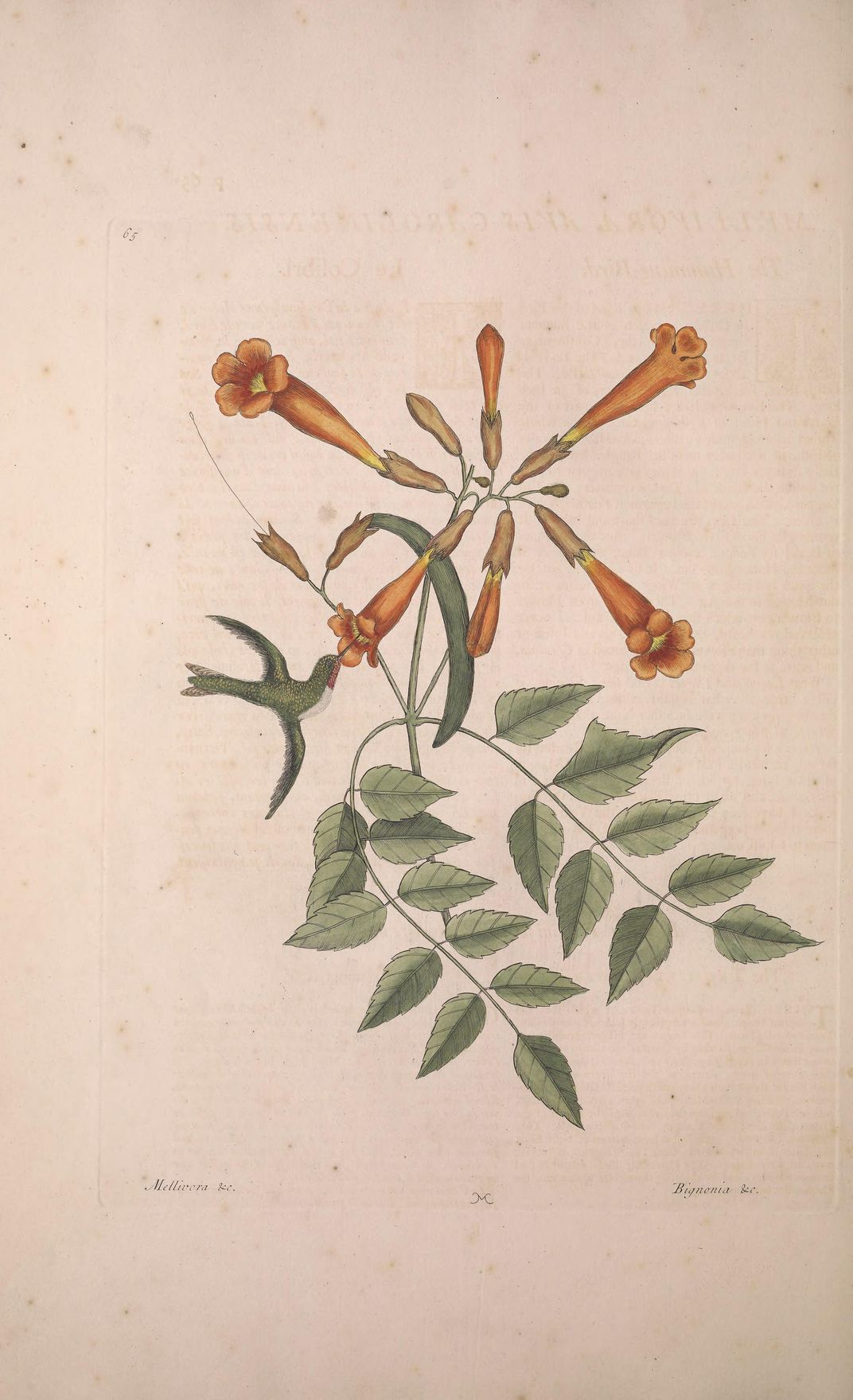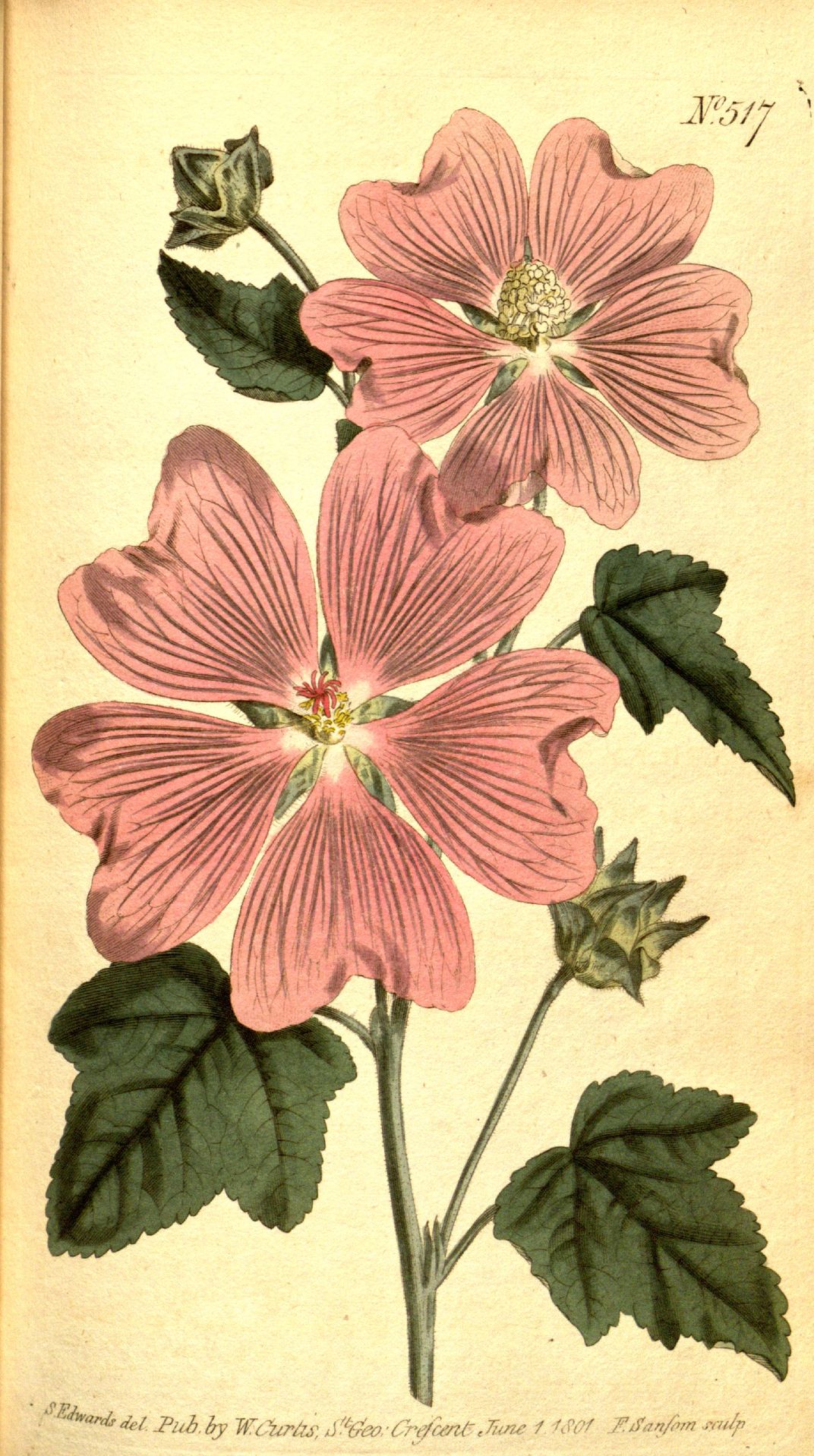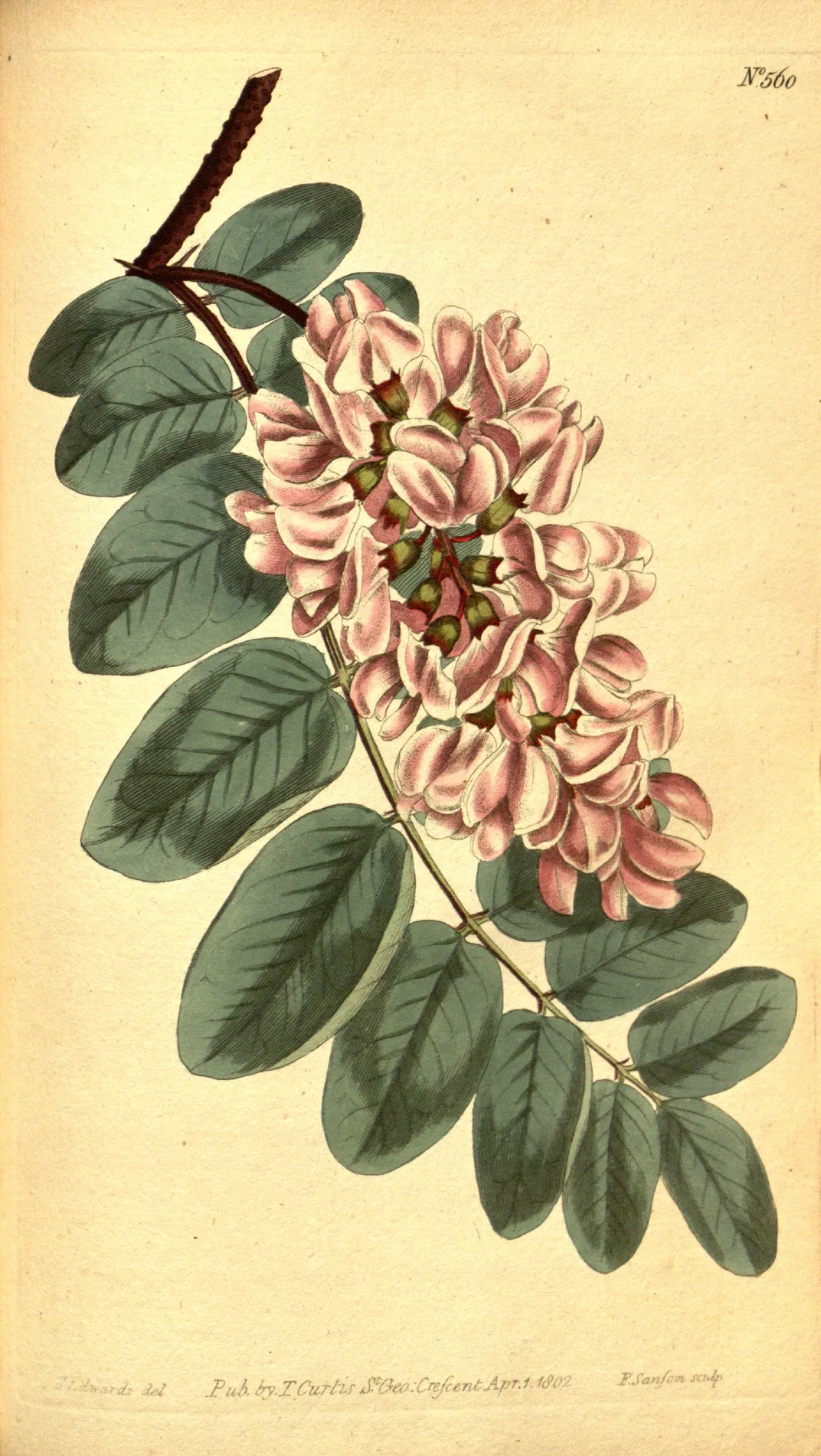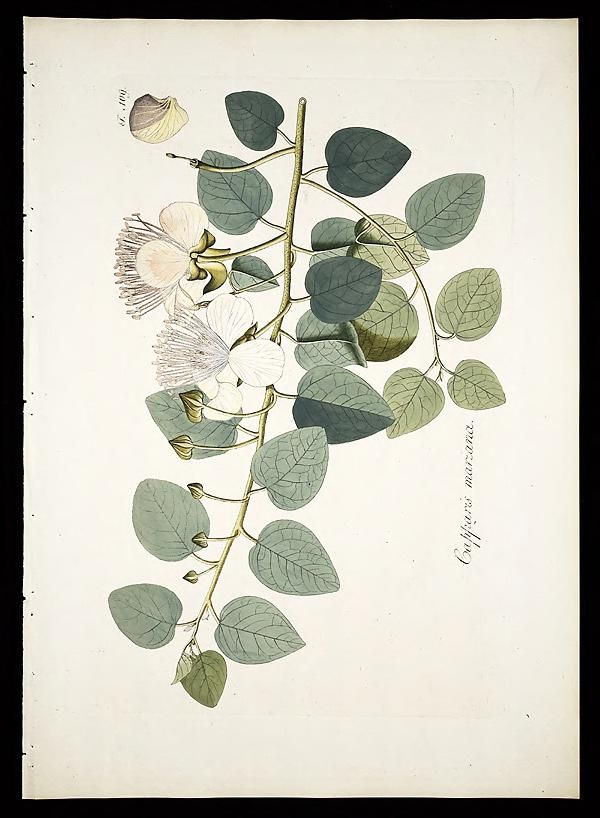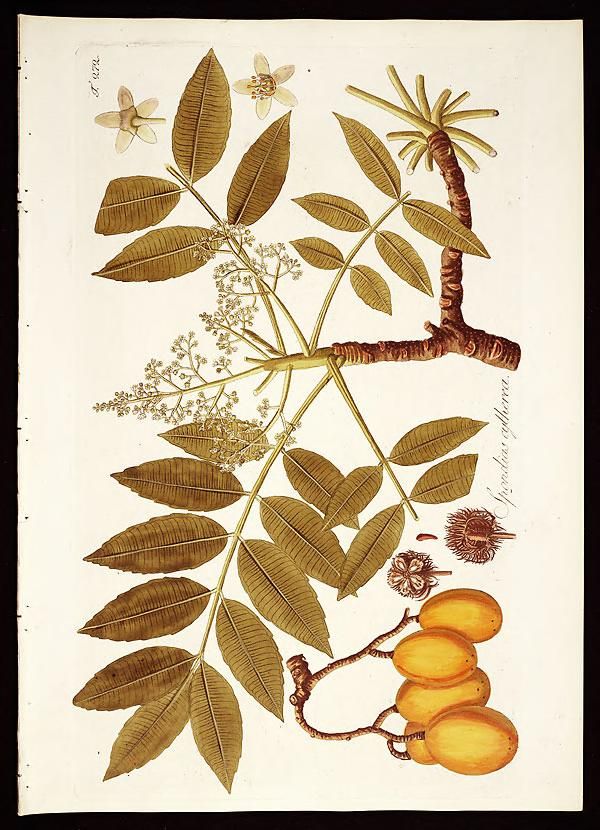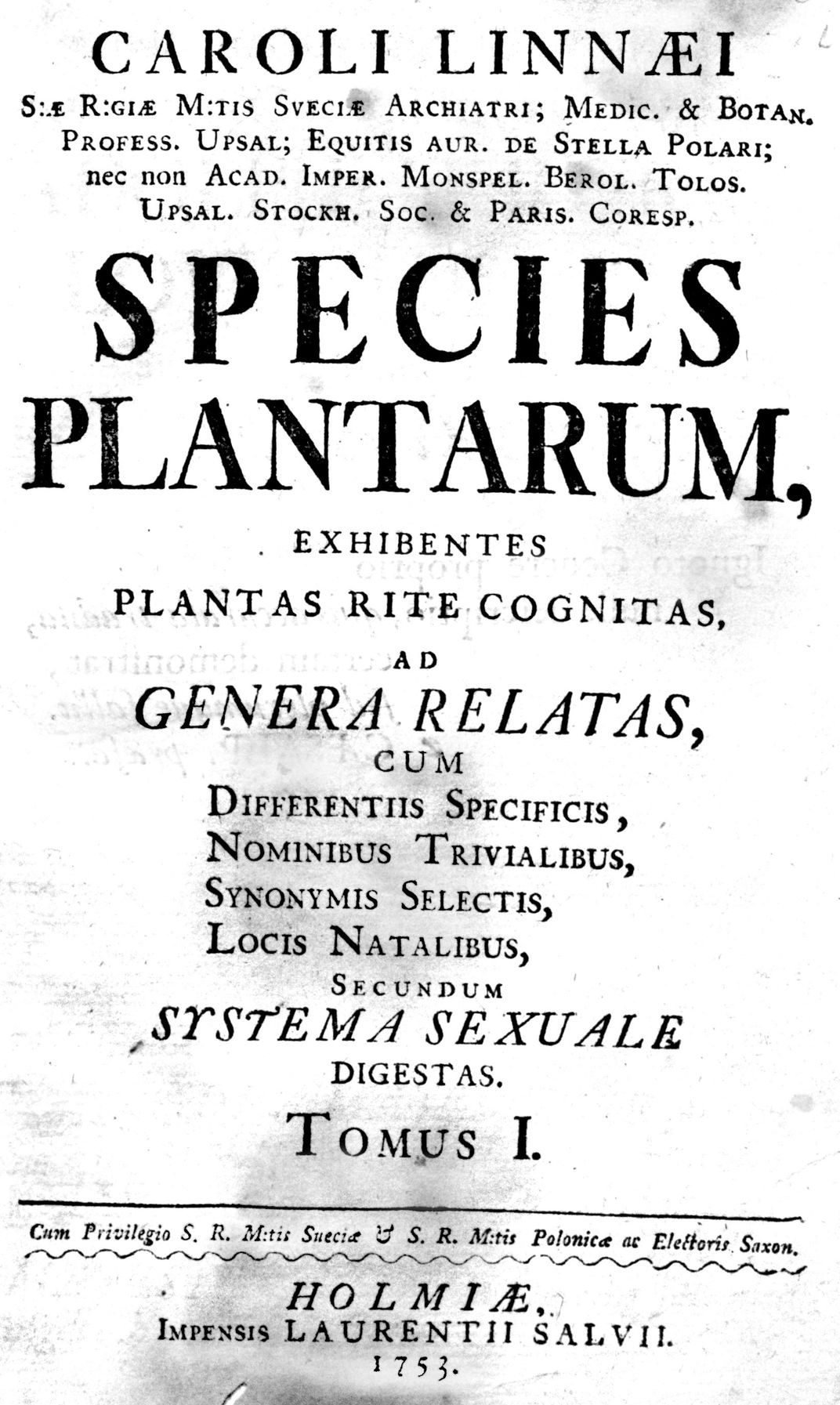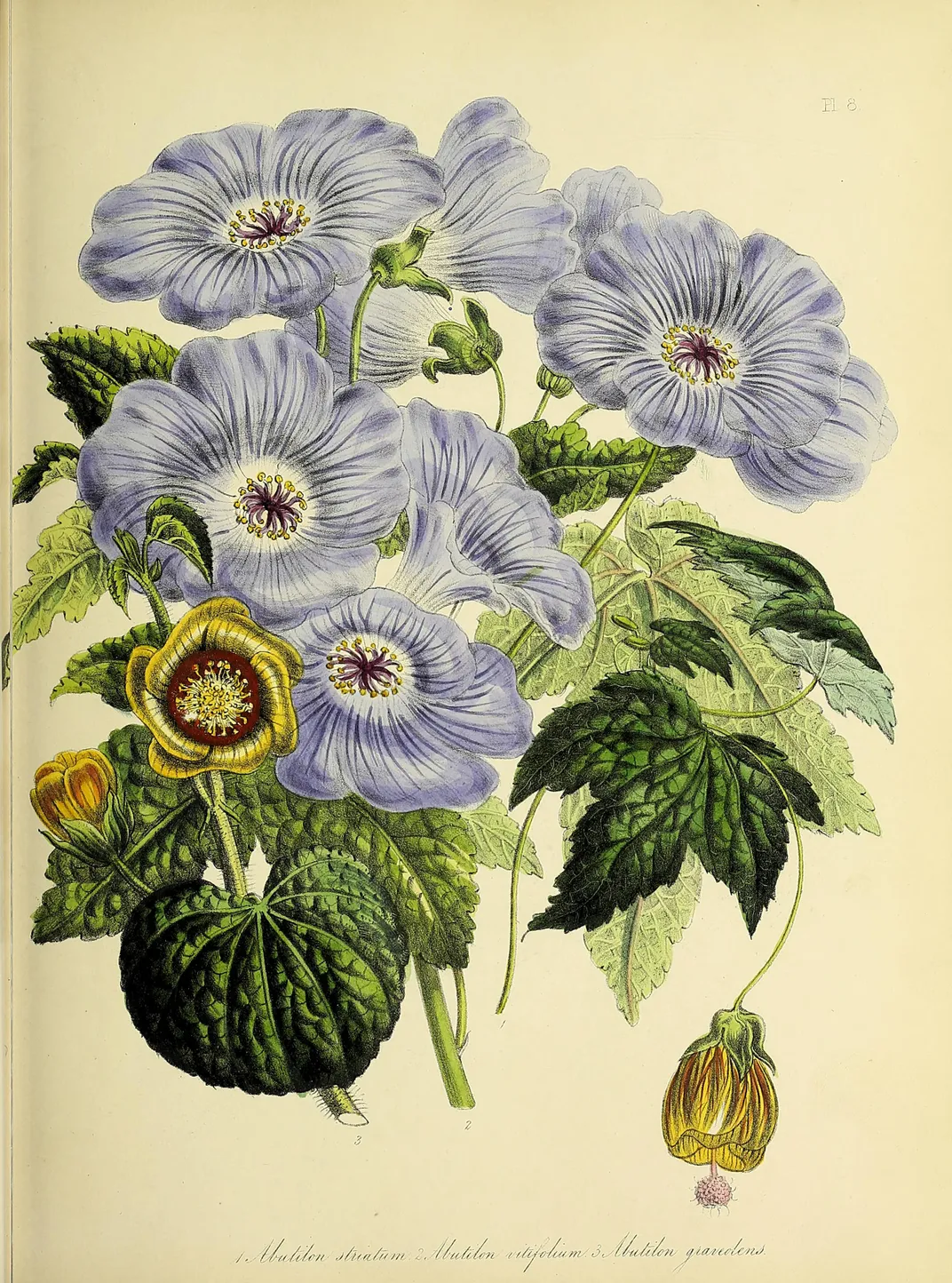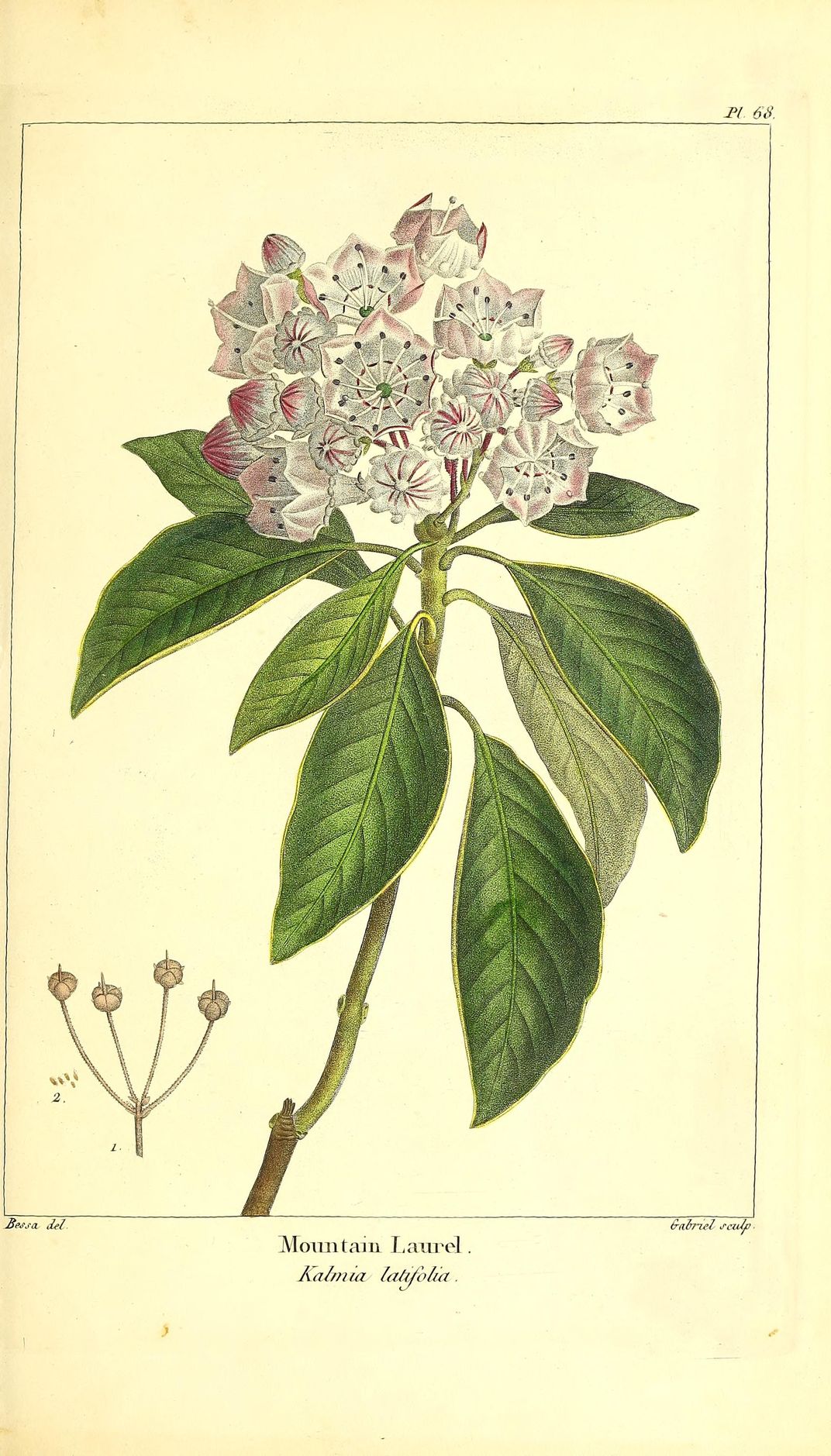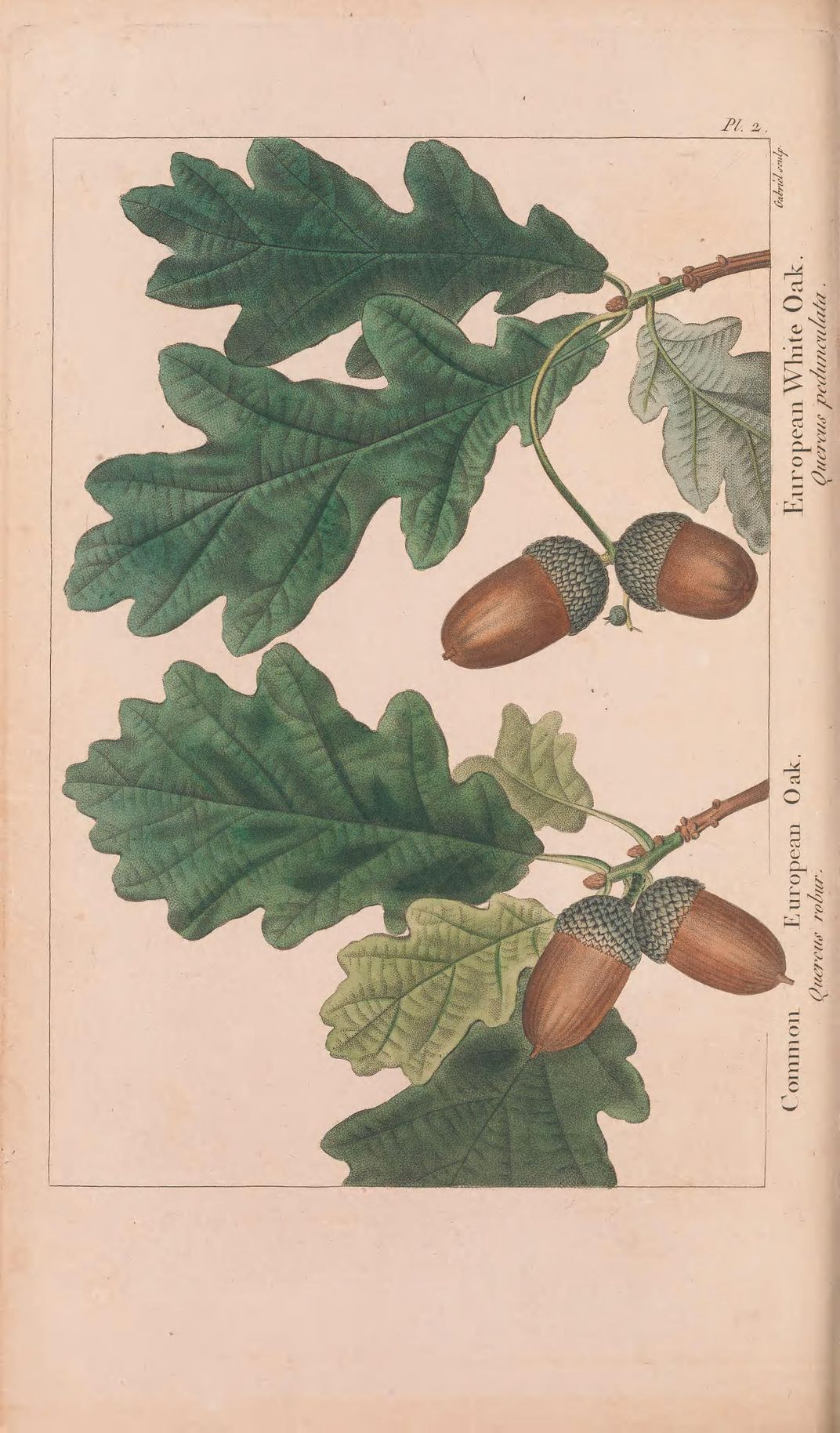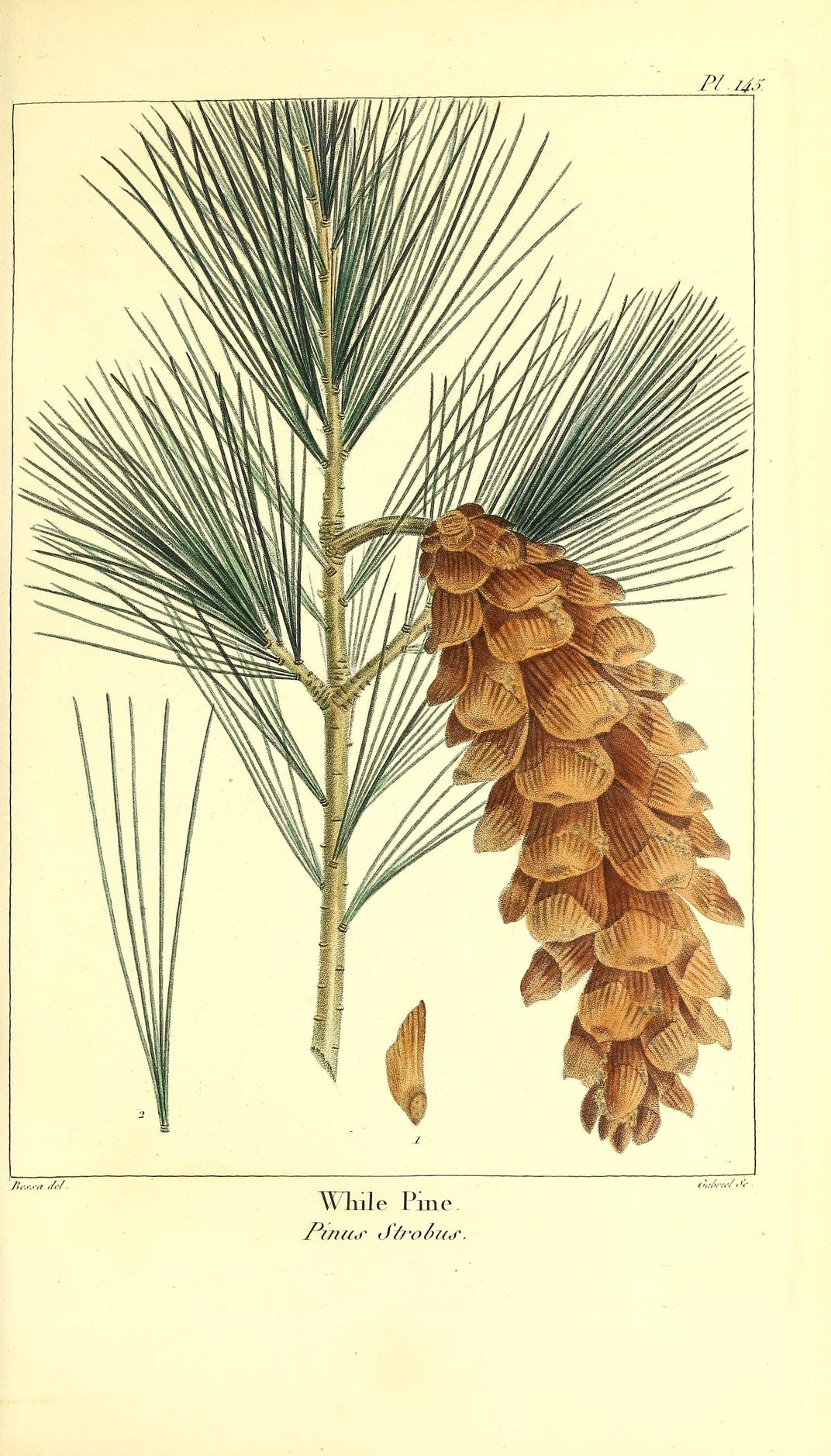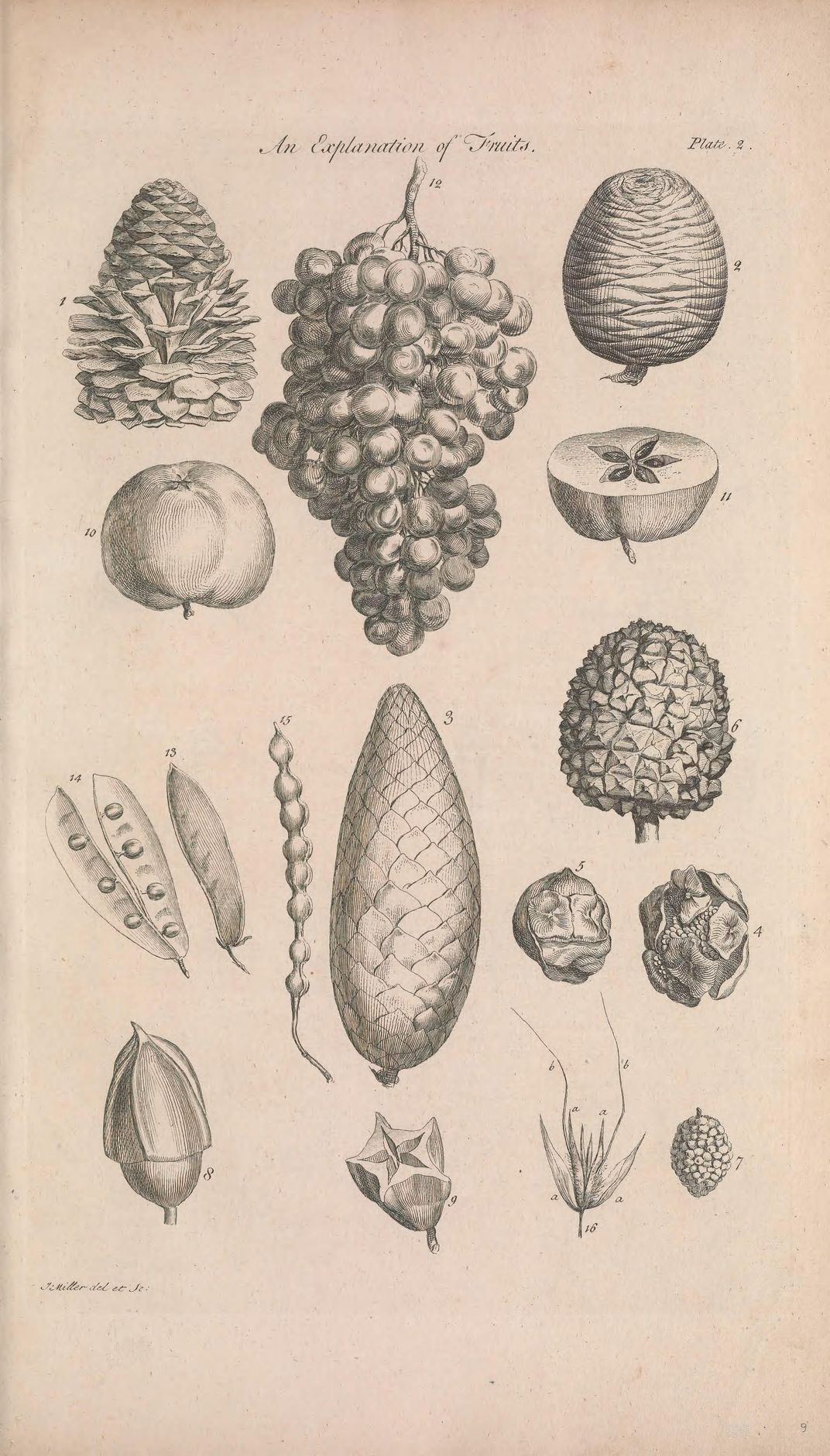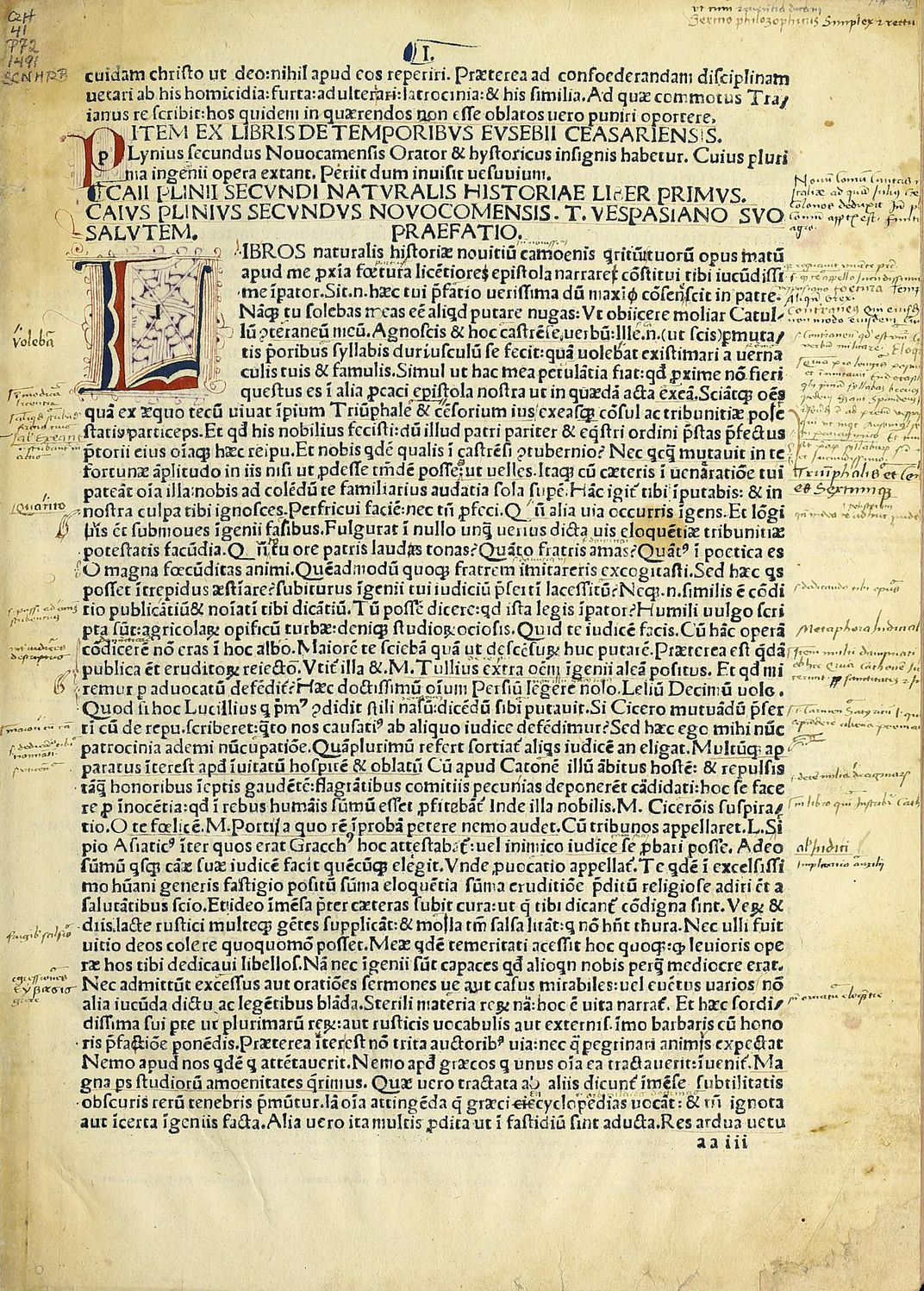A Botanical Wonderland Resides in the World of Rare and Unusual Books
The Smithsonian’s librarian and antiquarian Leslie Overstreet time travels, sharing centuries of horticultural splendors
/https://tf-cmsv2-smithsonianmag-media.s3.amazonaws.com/filer/86/fd/86fd1cd4-2fd0-4f4f-b286-d72bf3c31926/loudon.jpg)
What gardener hasn’t experienced firsthand the wonder and pleasure—as well as the occasional mystery and frustration—to be found in the world of plants.
This is true as far back as history records and even further, for plants are the essential foundation of the world we live in. They provide our food (and the fire to cook it), medicine and materials for clothing, tools, homes and furnishings. They have sustained and enhanced human life both physically and aesthetically through our entire history as a species. In art and myth, it is clear that the earliest civilizations—in Egypt, the Middle East, India, Asia and the Americas—cultivated not just food crops and medicinal plants but also pleasure gardens, celebrating them in decorative vases, wall paintings and textiles, as well as in song and story.
But humanity’s dependence on and relationships with plants in the past 2,000 years and more can be known most substantively and usefully through written documents—manuscripts and printed books.
The Smithsonian Libraries holds a treasure trove of books about the world of plants across several collections—the Botany and Horticulture Library, the Smithsonian Tropical Research Institute Library, the Smithsonian Environmental Research Center Library, the Joseph F. Cullman 3rd Library of Natural History and the Dibner Library of the History of Science and Technology.
The earliest printed books on our botanical and horticultural heritage begin with Renaissance editions of the ancient Greeks and Romans—the works of Aristotle, Theophrastus, Pliny the Elder and Dioscorides—and the medieval herbals known generically as the Gart der Gesundheit and the Hortus sanitatis (in German and Latin, respectively, both translated roughly as “Garden of health”).
They in turn were followed in the 16th century by the encyclopedic works of Otto Brunfels (Herbarium vivae eicones, 1530-1536), Hieronymus Bock (Neue Kreutterbuch, 1539 and numerous subsequent editions), and Leonhard Fuchs (De historia stirpium, 1542). Combining as much as could be gathered from the past with first-hand observations in northern Europe and the discoveries of explorers in the Americas and Indies, these printed tomes collectively launched modern botanical studies in the West.
First-person accounts of little-explored lands and botanical discoveries thrilled armchair gardeners, working horticulturists and scholars alike, although the prices of the books and manuscripts tended to limit their audiences and resulted in very small print runs. At the practical, applied level where horticulture reigns, interest in garden design and new techniques of cultivation blossomed along with the explosive increased interest in exotic, previously unknown plants.
The period from about 1690 to the early decades of the 1800s is arguably one the most interesting botanical explorations to be found in print literature of the time, when some of the most important advances in taxonomy and classification occurred and resulted in some of the most beautiful examples of the illustrated botanical book.
Among the most impressive volumes were Mark Catesby’s Natural history of Carolina, Florida and the Bahama Islands (1731-1743 [i.e., 1729-1747], with 220 hand-colored etchings in folio), and André & François Michaux’s Flora boreali-americana (1803) and North American sylva (1814, with most of the plates color-printed from drawings by Redouté).
Many other works resulted from both individual, commercial and, increasingly, government-sponsored expeditions conducting scientific exploration and collecting by such individuals as Bougainville, Lapérouse, Dampier, Cook, Vancouver and many others.
Some of the most active of these naturalists were the numerous students and “disciples” of Carl Linnaeus, including Pehr Kalm (in North and South America), Frederik Hasselquist (in the Middle East and northern Africa), Carl Peter Thunberg (in Asia), Anders Sparrmann (in southern Africa and Oceania) and Daniel Solander, who served as the naturalist on Captain James Cook’s first voyage around the world (1768-1771) and subsequently as assistant to Sir Joseph Banks, a founder of Kew Gardens.
The flood of previously undocumented plants from all over the globe created chaos in the European scientific world, giving rise to a Babel of conflicting designations and overwhelming the existing botanical categories and classifications. By the mid-1700s the supremely important works of Carl Linnaeus (later, von Linné), a professor of botany at the University of Uppsala in Sweden, brought order to the chaos. His “sexual system,” based primarily on the number of male stamens in the flower structure, was a simple and effective way of identifying species, although it produced admittedly artificial groupings and was eventually replaced by more natural systems that reflected true familial, evolutionary relationships.
But Linnaeus’s numerous books—most notably his Genera plantarum (1737) and Species plantarum (1753)—established a system of nomenclature that gave science an international language for identifying plants. Linnaean binomials, or two-word names, consisted of the genus—like a surname, designating a group of closely related plants (which is always capitalized) and the species—like a first name, designating the individual or specific kind of plant (which is never capitalized), even when it is a proper name. Both names are italicized as a foreign term based on Latin and Greek words and forms—for example, Quercus rubra, the red oak, or Mertensia virginiana, Virginia bluebells.
The seeds and plants that survived lengthy ocean voyages back to Europe were eagerly propagated in commercial nurseries and university gardens. Botanical studies flourished, and on a more practical, and crucial, level gardening manuals proliferated as experiment and experience produced improvements in horticultural knowledge and cultivation techniques. Among an ever-growing body of works in the subject, Philip Miller’s Gardener’s Dictionary (1731, and numerous subsequent editions through the 18th century) stands out for its comprehensiveness and authority, based as it was on Miller’s work growing plants from all over the world at the Chelsea Physic Garden.
Into the 19th-century explorations and discoveries—and books—increased. Sir Joseph Hooker in southern latitudes of the world, James Douglas in northwestern North America, and many others expanded the documentation of the world of plants and enriched our gardens and libraries forever.
Enthusiasm for cultivating the innumerable new species supported a wide variety of books on plants and gardening, including publications like William Curtis’s Botanical magazine (1787-present), the oldest continuously published botanical journal in the world, and later titles like Mrs. J.C. (Jane) Loudon’s popular series of publications (1840s-1850s). (All of the books mentioned in this article are held in the collection of the Smithsonian Libraries.)
By the end of the century and through our own times, a variety of garden styles and horticultural focuses have flourished, from formal designs based on French and Italian models, to victory gardens as a patriotic way of feeding a family and supporting the country during wars, to the recent appreciation of native wildflowers and shrubs in a naturalistic ecosystem. And for each of them in turn there have been books to inform, entice and sometimes simply please the eyes of readers and gardening enthusiasts.
The Smithsonian Libraries, in support of botanical research and horticultural practice, and its many benefactors and donors have built a fascinating collection of books on this most fascinating of subjects. The exhibition “Cultivating America’s Gardens,” is on view through August 2018 at the National Museum of American History. A version of this article first appeared on the Smithsonian Libraries' blog "Unbound."
